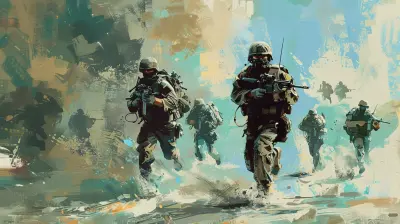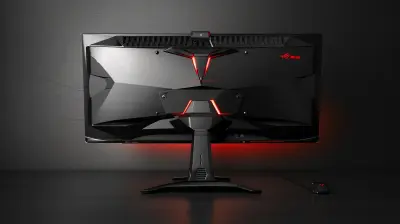Visual Design Trends Shaping the Future of Games
11 November 2025
Gaming isn't just about mechanics and storylines anymore—visual design is stepping into the spotlight like never before. We're living in a golden age of game development where aesthetics play just as big a role as gameplay. Whether you're a casual gamer, a hardcore fan, or even dabbling in game development yourself, you've probably noticed how jaw-dropping modern titles look.
So, what’s driving this visual evolution? Let's break down the key visual design trends shaping the future of games. Buckle up because things are getting real pretty (and pretty real).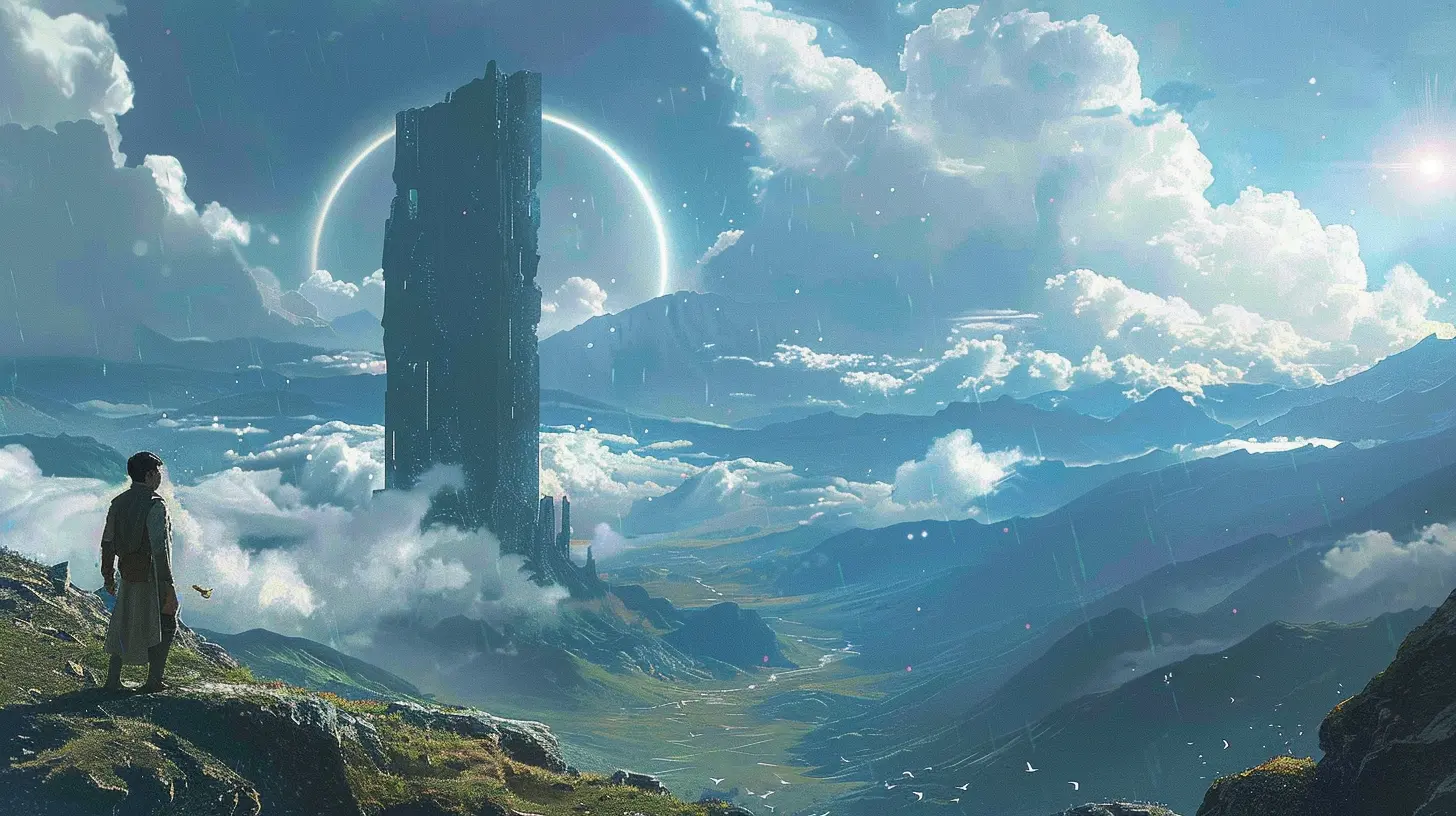
1. Hyperrealism: When Games Look More Real Than Reality
Ever played a game and wondered if you were watching a movie instead? That’s hyperrealism doing its magic. With the power of next-gen consoles and advanced GPUs, developers can now render textures, lighting, and shadows at astonishing detail.Take titles like Red Dead Redemption 2 or The Last of Us Part II—they blur the line between digital and real life. Facial expressions? Emotions so spot-on, they make animated films jealous. Environmental detail? You can almost feel the wind rustling through the trees.
Game engines like Unreal Engine 5 are pushing this trend even further with features like Lumen (for lighting) and Nanite (for geometry), allowing developers to create vast, lifelike worlds without frying your console.
Why It Matters
Hyperrealism doesn’t just look cool—it immerses players deeper into the story and world. It makes emotional moments more impactful and action sequences more intense. It's like stepping into a movie, only you're the main character.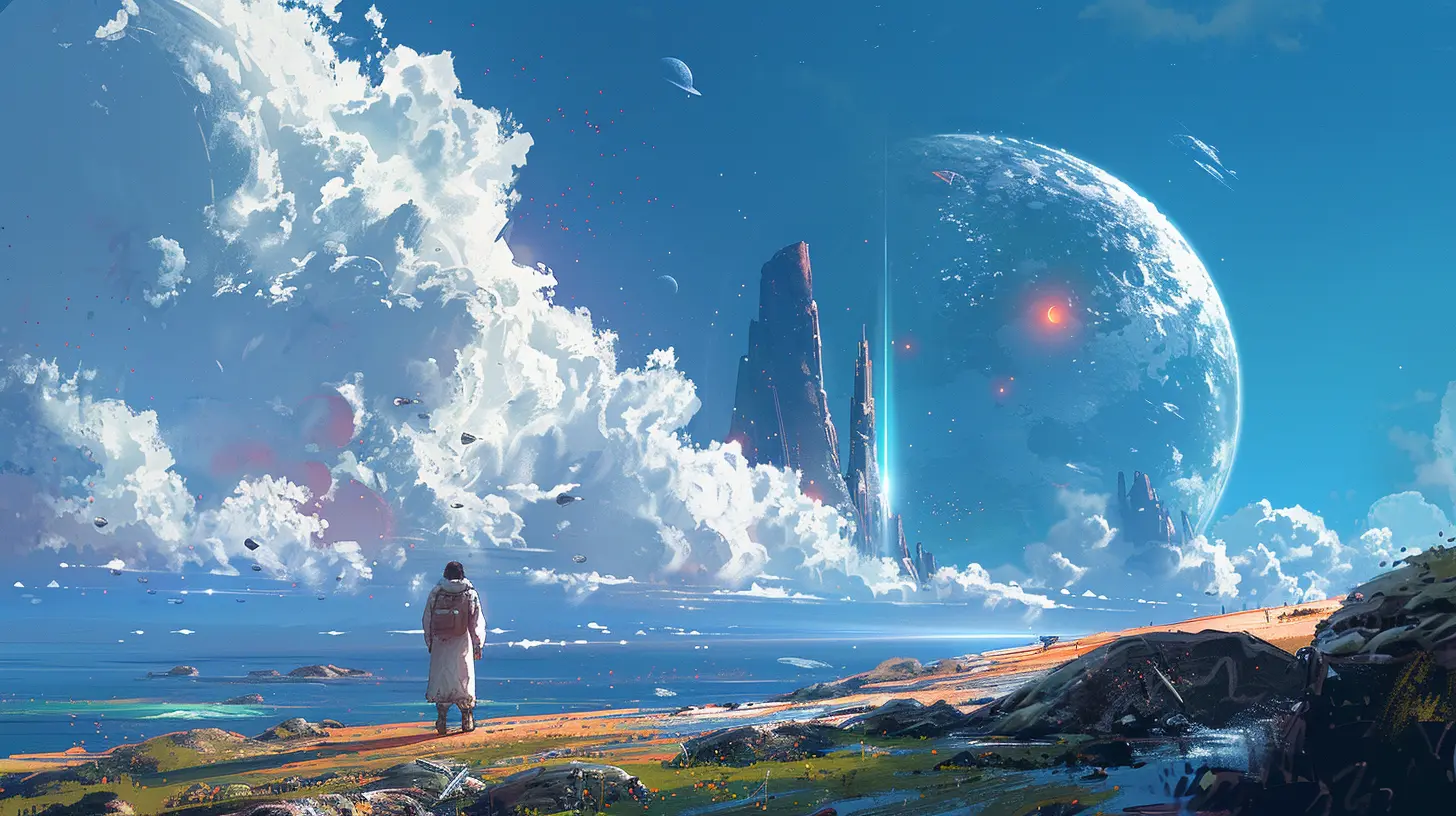
2. Stylized Art: Going Beyond Realism
On the flip side, not every game needs to look like a live-action film. In fact, many recent titles are embracing stylization to stand out. Think Hades, The Legend of Zelda: Breath of the Wild, or Ori and the Will of the Wisps.Stylized games use exaggerated colors, bold contours, and unique art direction to create visual identity. And you know what? That identity sticks. You might forget what some realistic NPC looked like, but you’ll never forget Cuphead’s 1930s cartoon vibe.
Why It Works
Style > realism sometimes. Stylized games can age better, are more accessible on less powerful hardware, and are bursting with personality. Plus, they give developers a broad canvas to be creative without getting bogged down in photorealism.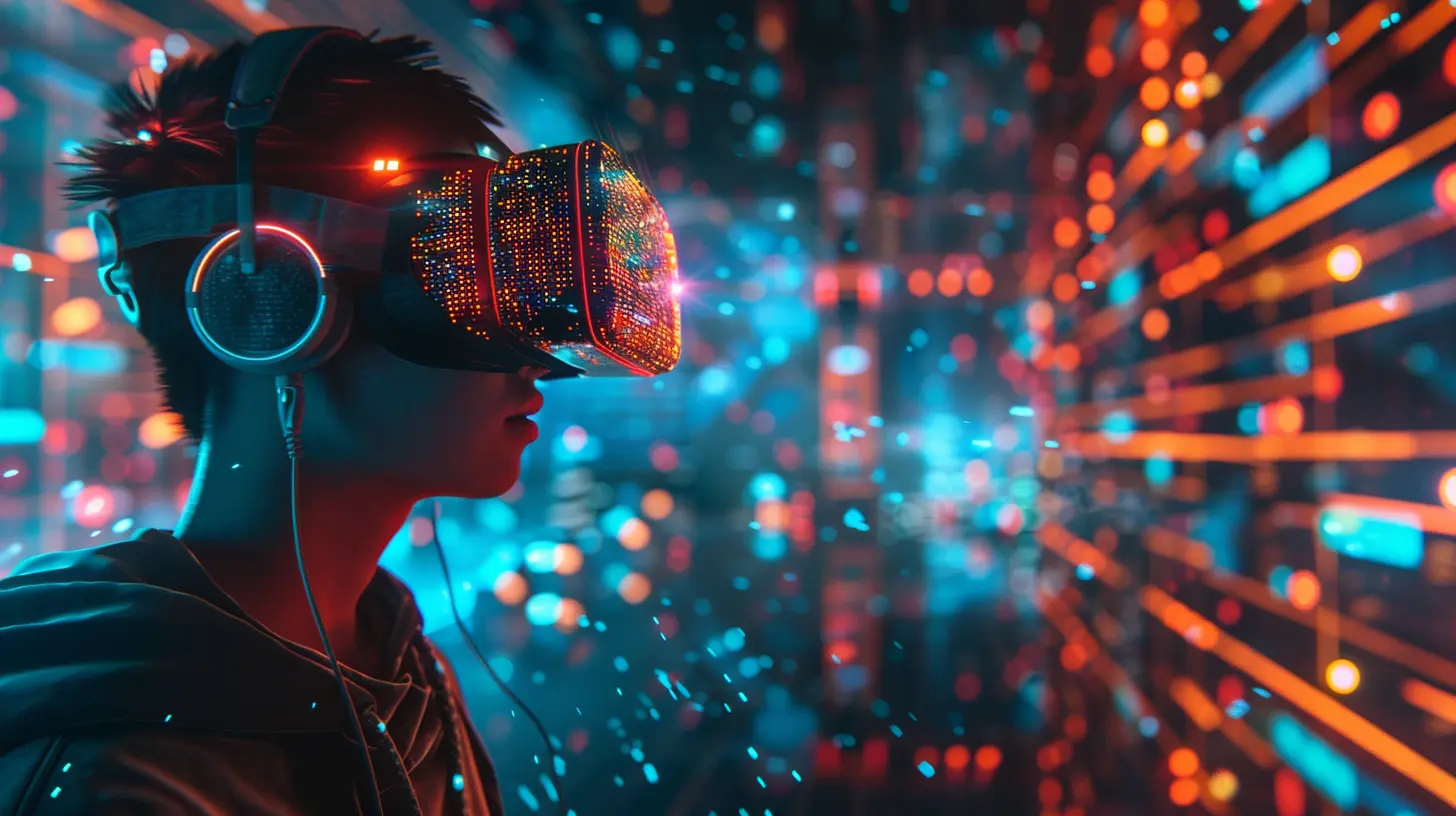
3. Minimalist UI/UX: Less Clutter, More Immersion
Here's the problem with many older games: you’re constantly staring at menus, health bars, and minimaps. Distracting, right?Modern visual design trends are shifting towards minimalist UI/UX elements. Games are trimming the fat, keeping interfaces clean, and integrating visual cues directly into the environment. Take Dead Space, for example. Your health bar? It's on your character's back. Ammo count? Right there on the weapon.
What’s the Big Deal?
Less clutter means you're actually in the game, not fighting UI elements. You’re not playing a game. You’re surviving in space, exploring dungeons, or racing through neon-lit streets. It makes a huge difference.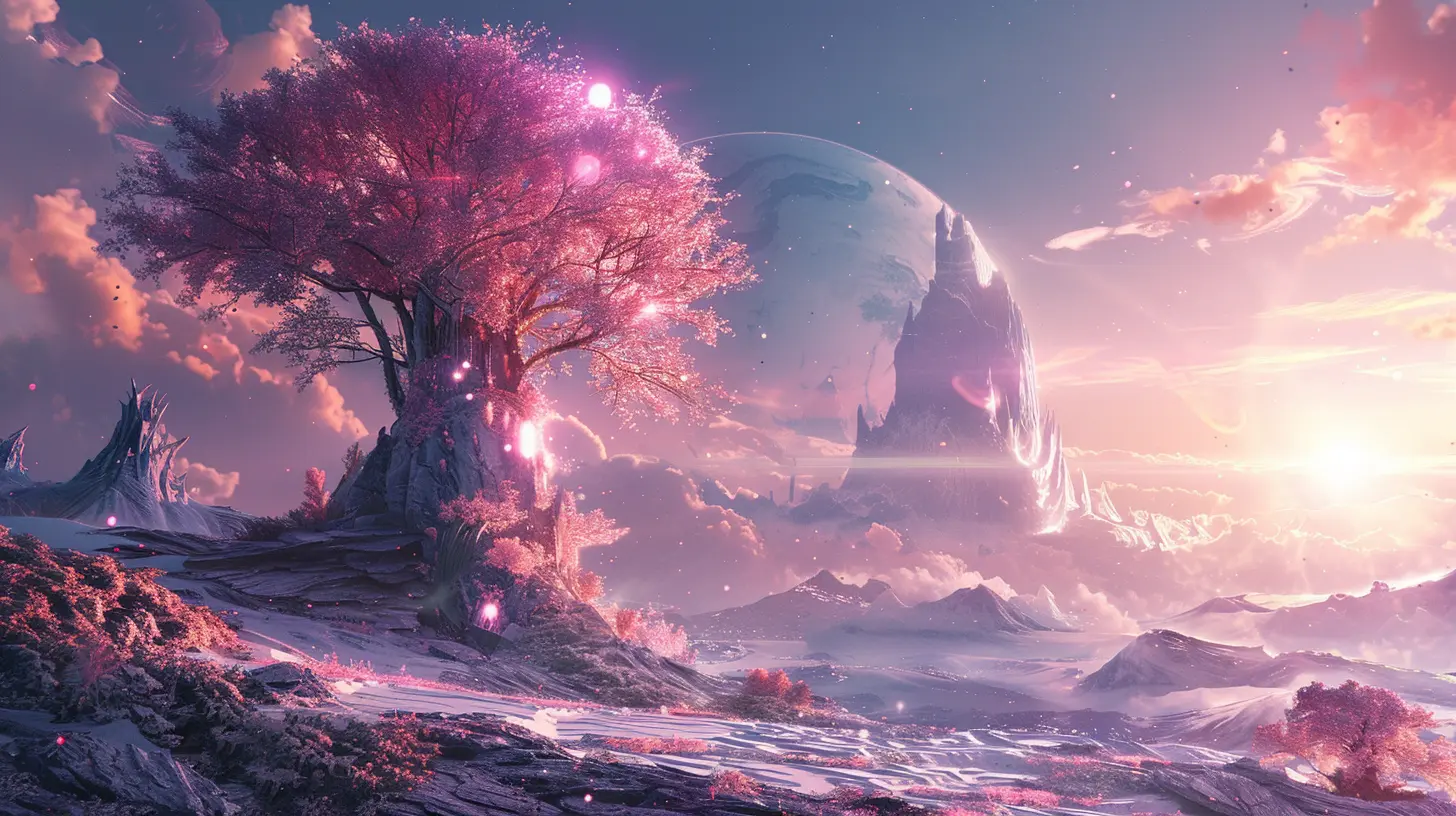
4. Procedural Visuals and Generative Art
Thanks to AI and procedural generation, visual design can now be partially automated, leading to more diverse and unpredictable environments.Games like No Man’s Sky and Minecraft are already masters in this arena. Worlds are built on-the-fly, meaning no two players experience the same game the same way. With AI getting smarter, expect even more detailed procedural visuals—from terrain to weather patterns to NPC facial features.
Isn’t That Kinda… Cheating?
Not really. Think of it as giving artists a magic paintbrush. They can set the rules, and AI fills in the blanks—creating gigantic, thriving worlds without needing years of manual effort.5. Ray Tracing and Real-Time Lighting
Let there be light—real light. Ray tracing is the crown jewel of modern visual fidelity. This technique simulates how light behaves in the real world, resulting in ultra-realistic reflections, shadows, and global illumination.If you’ve played Cyberpunk 2077 or seen Minecraft with ray tracing (yes, it turns blocky into beauty), then you already know the "wow" factor it brings.
Why Should You Care?
Lighting is everything. It sets mood, indicates danger, and adds depth. With ray tracing, game environments no longer look like backdrops—they feel alive, dynamic, and reactive to your every move.6. Seamless World Design: No More Loading Screens
Ever been so immersed in a game that you forgot it even had a menu? That’s seamless design at work. Developers are now creating continuous, open-world experiences with minimal interruptions.God of War (2018) is a poster child for this. From start to finish, there’s not a single loading screen. It’s just you, your trusty axe, and a beautifully interconnected world.
The Impact on Gamers?
Total immersion. No jarring black screens. No “please wait” messages. Just pure, uninterrupted adventure. It also improves pacing—keeping you engaged from start to finish.7. Accessibility-Driven Visuals
It’s 2024, and inclusive design is not optional—it’s essential. More games are being built with accessibility in mind, including visual design elements that cater to colorblind players, those with low vision, or different cognitive abilities.Toggles for high contrast mode, color filters, scalable UI, visual cues for audio elements—these are just a few design choices making games playable for more people.
Why It’s Awesome
Accessibility is freedom. Everyone deserves a chance to dive into epic adventures or chill puzzle games. The more inclusive the design, the broader and more diverse the gaming community becomes.8. Retro Revival: Nostalgia Meets Modern Tech
Old-school pixel art is making a comeback—but with a twist. Modern games are fusing retro aesthetics with cutting-edge effects. So yes, you’re looking at 16-bit sprites... with dynamic lighting, particle effects, and fluid animations.Games like Octopath Traveler or The Messenger are perfect examples, combining pixel charm with 3D depth and modern features.
What’s Driving This Trend?
Nostalgia is powerful, and players love that comforting “blast from the past” feel. But instead of just copying old styles, developers are remixing them for today’s hardware.It’s like wearing your favorite vintage jacket—with smart tech woven into the lining.
9. Diegetic Interfaces: Marrying UI With the Game World
Remember how we said UI is becoming more minimal? Diegetic interfaces take that a step further—they blend the interface into the game’s world.Think of Dead Space, where the player’s health is shown on the character’s suit, or Far Cry 2, where the map is a physical, in-game object. No floating health bars. No magical maps. Just your character and the tools they’d actually use.
Why It Works
It adds authenticity. It breaks fewer immersion barriers. And it challenges designers to be clever with their visual communication.10. Color Psychology & Emotional Design
Visual design isn’t just about “looking good”. It’s also about how it makes you feel. Developers are leaning into color psychology more than ever—using warm tones to convey safety and cool tones to signal danger or melancholy.Games like Inside use an almost monochrome palette to build tension. Meanwhile, Journey’s use of vibrant oranges and reds evokes warmth and awe.
Why It’s Game-Changing
Colors influence everything—from vibe to gameplay intuitiveness. It’s not just art. It’s emotional storytelling without words.What’s Next for Visual Design in Games?
Honestly, the future is wide open. As hardware becomes more powerful and developers get more creative, expect to see:- Real-time emotion rendering
- Multi-sensory visuals (think VR/AR and haptics integration)
- AI-generated cinematics and cutscenes
- Avatar customization designed by neural nets
One thing's for sure: visuals are no longer just the cherry on top. They're becoming the heartbeat of the entire gaming experience.
Final Thoughts
Visual design in games has come a long way from pixelated plumbers and blocky dragons. Today, it's a rich, evolving playground of creativity, storytelling, and tech innovation. Whether you're marveling at the shimmer on a sword, noticing the absence of a HUD, or customizing your neon-lit hover bike, you're witnessing a revolution.And guess what? We’re just getting started.
So next time you boot up your favorite game, take a second to look around. Appreciate the textures, the lighting, the UI—or lack of it. Because those tiny pixels? They’re shaping the future of games, one frame at a time.
all images in this post were generated using AI tools
Category:
Game GraphicsAuthor:

Pascal Jennings
Discussion
rate this article
1 comments
Imani McFadden
Great insights! Excited to see these trends evolve further!
November 13, 2025 at 3:38 AM
